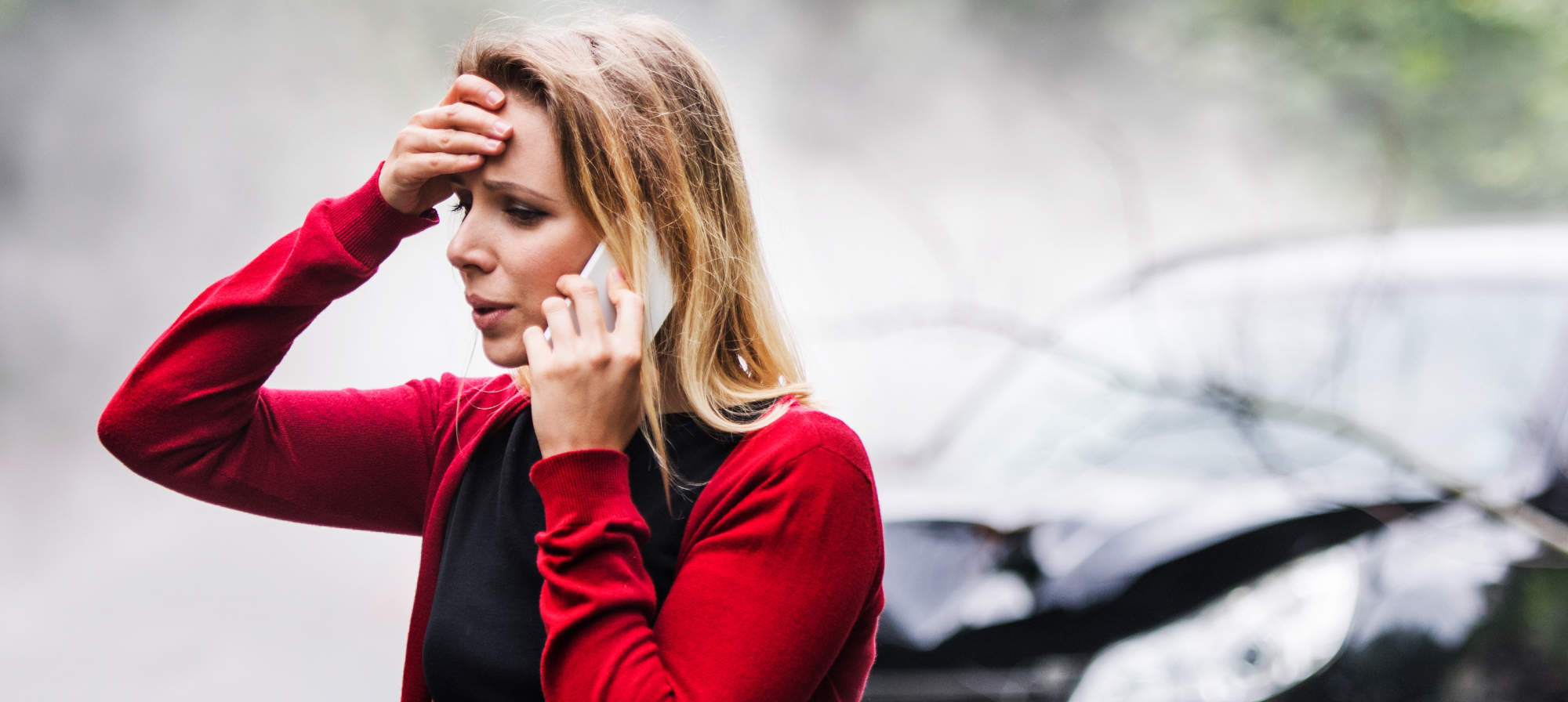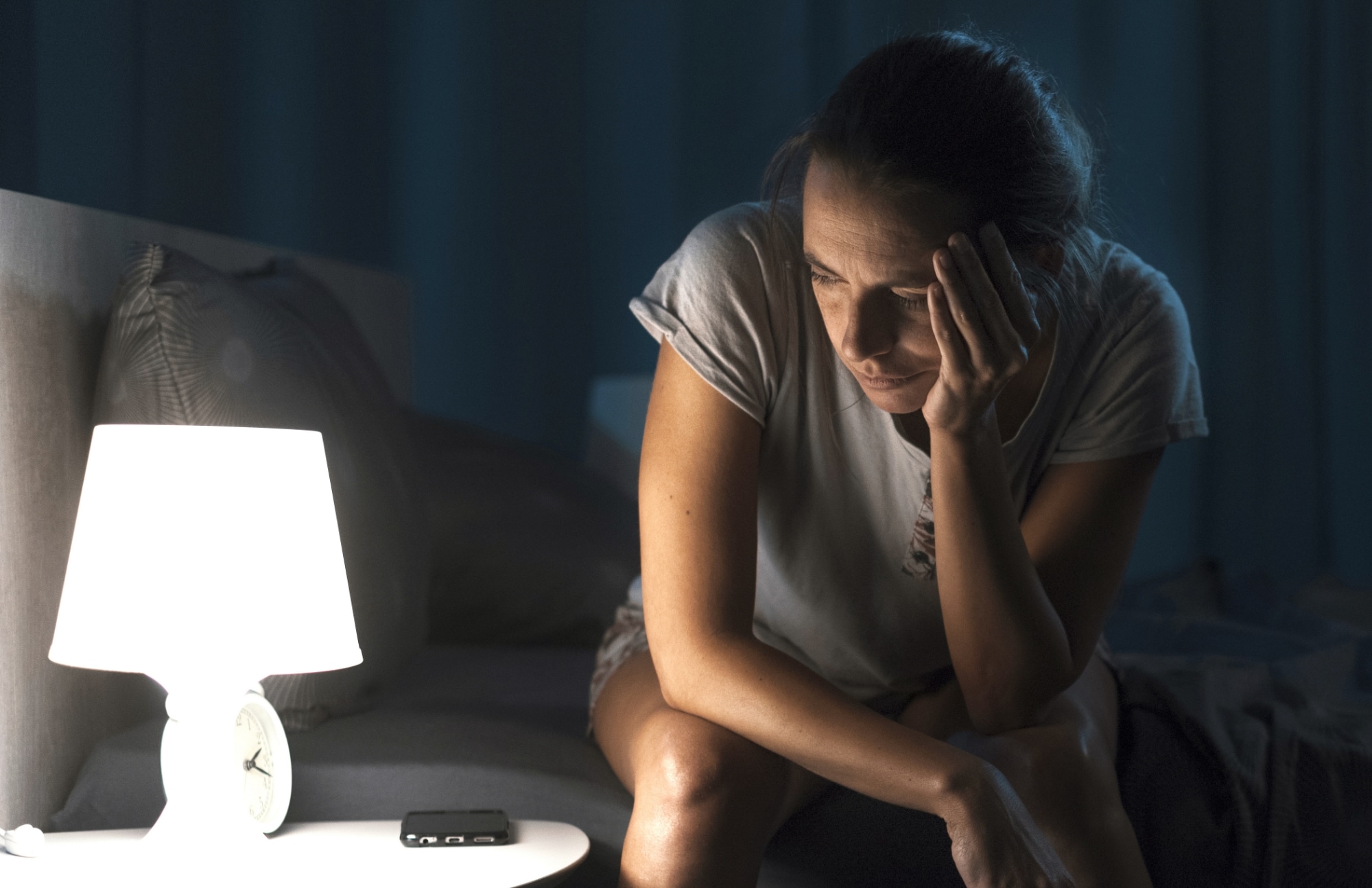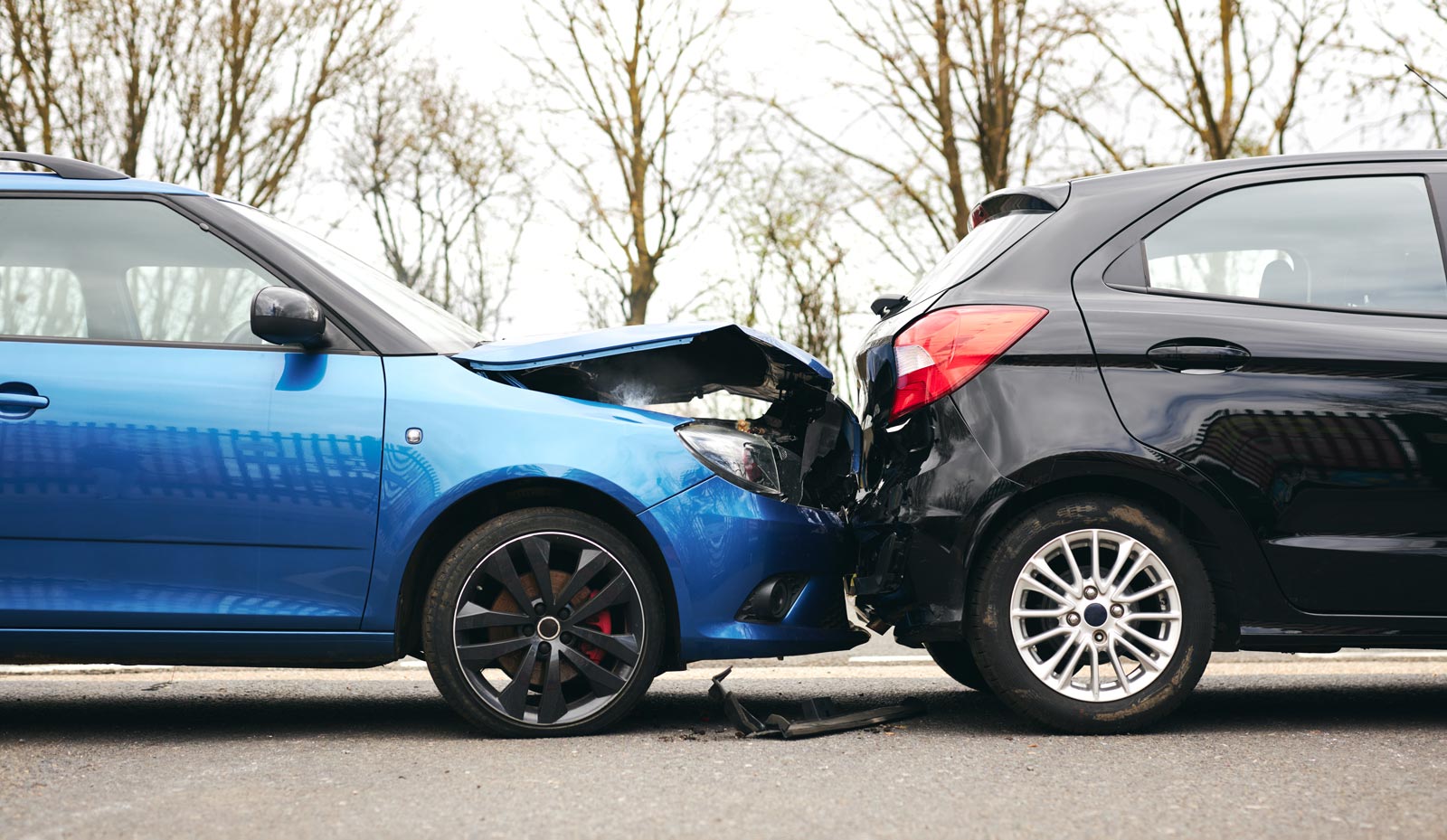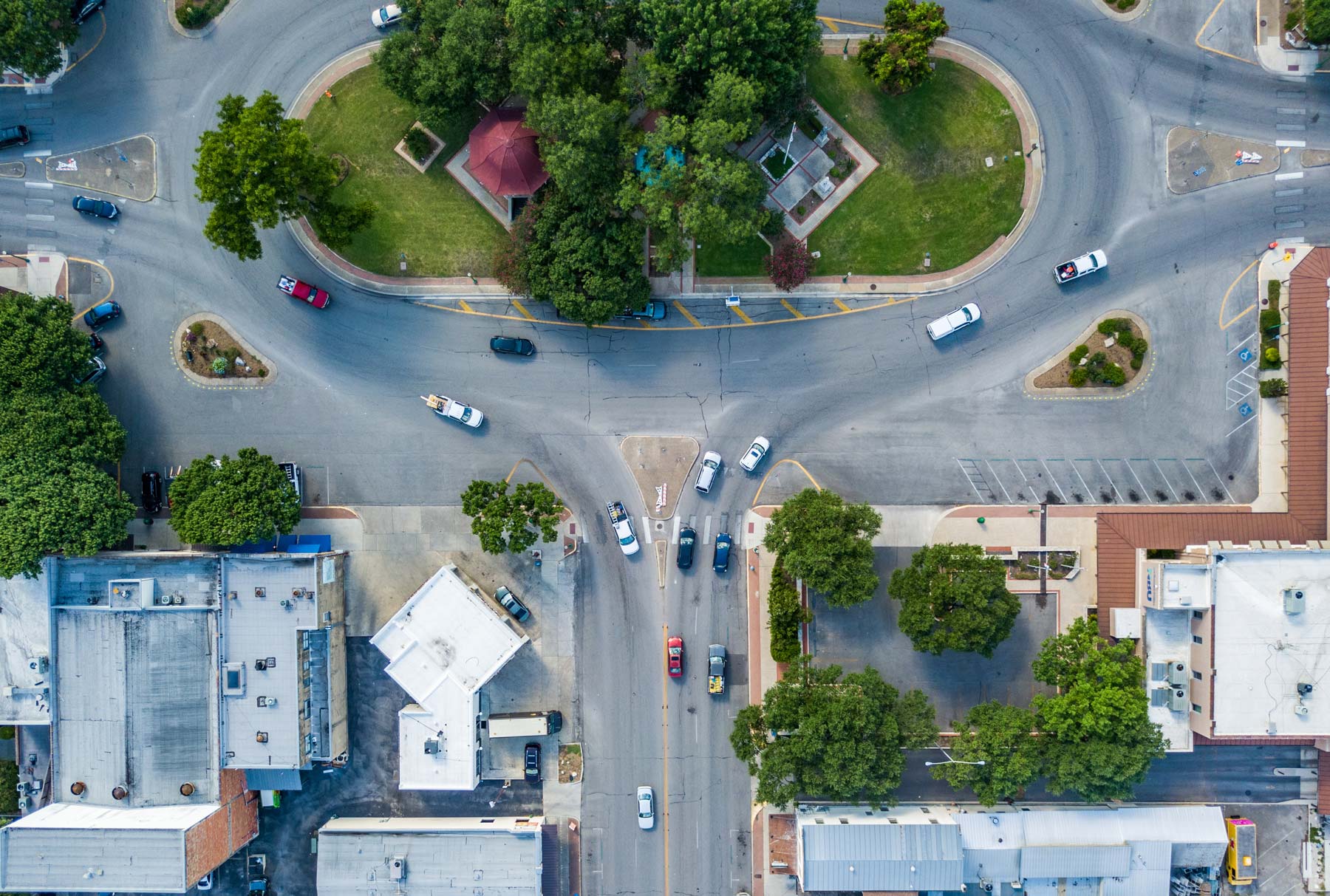Drowsy driving is one of the most common (and underreported) causes of car accidents. While many of us understand the dangers of drunk or distracted driving, we don’t realize that fatigue and drowsiness carry a similar risk level. According to the AAA Foundation for Traffic Safety, one out of ten car crashes involves a tired driver.
In this article, the injury lawyers at Crosley Law explain the dangers of drowsy driving and suggest ways you can protect yourself and loved ones before and after a crash involving driver fatigue.
What Is Drowsy Driving?
When fatigue negatively impacts your ability to remain alert, process information, and make decisions, you’re engaging in drowsy driving. The CDC reports that if you’re operating on less than seven hours of sleep, your drowsiness can impair your ability to drive and identify hazards.
Drowsy driving is also remarkably common. In 2017 alone, there were an estimated 91,000 drowsy driving crashes in the United States. Spproximately 50,000 people were injured in these wrecks, and another 800 died. And the National Highway Traffic Safety Administration (NHTSA) believes these numbers underestimate driver fatigue’s full impact.
RELATED: Study: Drowsy Driving Causes 11% of Crashes
What Happens to Our Brains When We’re Tired?
The brain is a remarkable, complex organ. Our neurons, also called nerve cells, transmit electronic messages throughout the body and brain, helping us move, think, and feel. Sleep deprivation and fatigue negatively impact our brain’s neurons.
In a 2017 UCLA study, scientists asked a group of people to stay up overnight and tracked how quickly their nerve cells fired and transmitted messages as time progressed. The research team paid special attention to the neurons in the brain’s temporal lobe, which is the area that supports our vision and memory. As the night went on, people’s neurons began to fire more slowly and weakly, making it difficult to identify and interpret things they saw.
For example, suppose you were driving across San Antonio late at 11:00 PM. You’d just finished a marathon day, one that started at 5:00 AM. You’ve been up for 18 hours and barely had a single break. You’re exhausted. A pedestrian enters a crosswalk. Your neurons slowly fire, sending messages about the pedestrian to the rest of your brain. Then, your brain sluggishly processes the fact that there’s someone in the intersection. By the time you understand that you need to hit the brakes, it may be too late.
Who Is Most at Risk for Drowsy Driving?
Anyone can drive while fatigued. However, some people are more prone to drowsy driving, such as:
- Commercial drivers, including truck and delivery drivers
- Individuals with obstructive sleep apnea and other sleep disorders
- People who are taking certain prescription and over-the-counter medications, including narcotics, muscle relaxers, and some antidepressants
- Shift workers and business travelers
- People who routinely get less than seven hours of sleep
Look Out for These Signs of Drowsy Driving
Drowsy driving is underreported, and many tired drivers deny that they were dozing off or impaired. Common signs of drowsy driving include:
- Drifting or veering into other lanes
- Vehicle hitting the rumble strips
- Missing road signs, traffic lights, or highway exits
- Repeated yawning
- Mental fogginess
- Heavy eyelids
You should always get enough sleep before you get behind the wheel. If you notice that you’re getting tired, give yourself a break. A short nap and caffeine can provide some short-term relief until you can get a full 7–8 hours of sleep.
If you suspect that a driver was impaired, report your concerns at the crash site (or call 911 if you see someone whose driving might cause a wreck).
Drunk Driving vs. Sleepy Driving: Which Is Worse?
While most of us understand the dangers of drunk and drugged driving, we’re often more relaxed about drowsy driving. However, this relaxed attitude isn’t justified. Research shows that sleep deprivation can impair our driving in similar ways to alcohol. The Sleep Foundation reports that driving after being awake for 18 hours is like driving with a 0.05 BAC (blood-alcohol concentration.) Your vision may become blurry, your judgment and coordination diminish, and you may have a hard time responding to hazards and emergencies.
Once you’ve been up for 24 hours straight, it’s as if you had a blood alcohol concentration of .10, which is significantly over the legal limit. At this stage, your reaction times, vision, and concentration are poor. You’ll also have a hard time coordinating your arms and legs and your thinking will be significantly slower. (A BAC of 0.08 is the legal limit in Texas.)
Additionally, fatigue and alcohol can combine to create even greater danger. According to one study, if you’ve only slept for four hours and drink a beer, your driving abilities are comparable to a well-rested individual who has consumed six alcoholic beverages.
RELATED: Drowsy Driving Accidents Are on the Rise
Does Texas Have Drowsy Driving Laws?
While Texas has laws designed to discourage drowsy driving, our state does not have a drowsy driving law that is comparable to its drunk driving rules. However, victims of a drowsy driving crash still have legal options. Under our state’s negligence laws, you can demand compensation for your injuries, including your crash-related medical bills, lost income, and pain and suffering. To get the compensation you deserve, you will need to prove the at-fault driver violated their duties of care and caused your injuries.
Because there’s not a scientific test, like a breathalyzer or blood test, that can measure someone’s level of fatigue, your injury lawyer will need to carefully investigate the circumstances around your crash. For example, your legal team may collect the following evidence to prove that drowsiness caused your crash:
- Police reports
- A truck driver’s logbooks and hours of service information
- Data from a commercial vehicle’s “black box” or onboard cameras
- Testimony from eyewitnesses
- Mobile phone records and data
- Surveillance footage from nearby businesses
- Reports and simulations from accident reconstruction experts
If you suspect drowsy driving contributed to your injuries, you should report your concerns to the 911 operator and the police. The authorities can help you document the circumstances surrounding your crash. Then, your personal injury lawyer may be able to identify other, harder-to-find evidence that can strengthen your claim even more.
Crosley Law: Demanding Justice for Crash Victims
Without guidance from an experienced injury attorney, it can be difficult to recover compensation in a drowsy driving injury claim. If you or a loved one suffered life-changing injuries due to a reckless driver, contact Crosley Law for help. We’ve built a reputation for our cutting-edge approach to investigating and litigating car crash claims, and have recovered hundreds of millions for our clients.
You can schedule your free consultation and case evaluation by calling us at 210-LAW-3000 | 210-529-3000 or by completing our online form.
References
Drowsy Driving. (2017, March 21). Centers for Disease Control and Prevention. Retrieved from https://www.cdc.gov/sleep/about_sleep/drowsy_driving.html
Drowsy Driving. (n.d.). National Highway Traffic Safety Administration. Retrieved from https://www.nhtsa.gov/risky-driving/drowsy-driving#resources
Drowsy driving. (n.d.). UCLA Health. Retrieved from https://www.uclahealth.org/sleepcenter/drowsy-driving
Drowsy Driving vs. Drunk Driving: How Similar Are They? (n.d.). National Sleep Foundation. Retrieved from https://www.sleepfoundation.org/articles/drowsy-driving-vs-drunk-driving-how-similar-are-they
Schmidt, E. (2017, November 6). Spacing out after staying up late? Here’s why. UCLA. Retrieved from https://newsroom.ucla.edu/releases/spacing-out-after-staying-up-late
The content provided here is for informational purposes only and should not be construed as legal advice on any subject.









